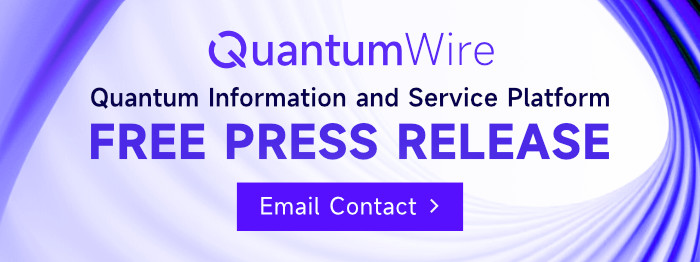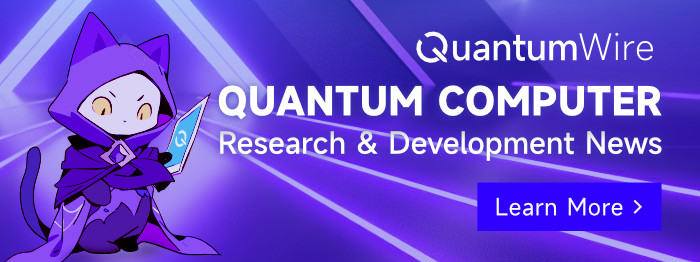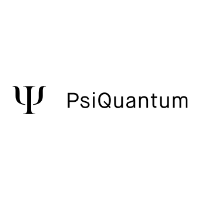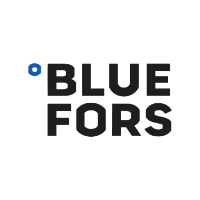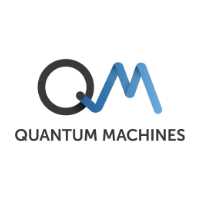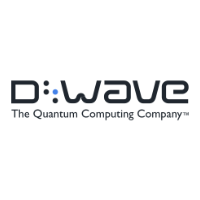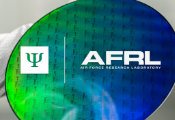Researchers Make Leap in Quantum Computing
Researchers Make Leap in Quantum Computing
a team of Harvard scientists has succeeded for the first time in trapping molecules to perform quantum operations. This feat was accomplished by using ultra-cold polar molecules as qubits, or the fundamental units of information that power the technology. The findings, recently published in the journal Nature, open new realms of possibility for harnessing the complexity of molecular structures for future applications.
Major Development Successes in Diamond Spin Photon Quantum Computers
Major Development Successes in Diamond Spin Photon Quantum Computers
Lower cooling requirements, longer operating times, lower error rates: Quantum computers based on spin photons and diamond promise significant advantages over competing quantum computing technologies. The consortium of the BMBF project SPINNING coordinated by Fraunhofer IAF has succeeded in decisively advancing the development of spin-photon-based quantum computers. On October 22 and 23, 2024, the partners presented the interim project results at the mid-term meeting of the BMBF funding measure Quantum Computer Demonstration Setups in Berlin.
Nuclear Spins Tamed for Quantum Applications
Nuclear Spins Tamed for Quantum Applications
Nuclear spins in a crystal can be detected and manipulated through their interactions with the more accessible electron spin of a neighboring crystal defect. This strategy has enabled nanoscale magnetic resonance imaging and other quantum applications. But a long-standing challenge has been to target a specific nuclear spin, while protecting the delicate quantum nature of the electron spin. Important progress on this challenge has now been achieved by two teams at the Delft University of Technology in the Netherlands.
Fujitsu and QuTech Realize High-Precision Quantum Gates
Fujitsu and QuTech Realize High-Precision Quantum Gates
Fujitsu Limited today announced the world’s first demonstration of a complete universal quantum gate set for diamond spin qubits with an error probability below 0.1%, achieving a fidelity among the highest reported over all quantum hardware technologies. This collaboration with QuTech, a leading quantum technology research institute of Delft University of Technology (TU Delft), marks an important step for the diamond spin method towards carrying out quantum error correction and realizing practical quantum computing. The findings were published in Physical Review Applied on March 21, 2025.
DIU’s Transition of Quantum Sensing (TQS) Field Testing to Begin Across Five Critical Areas
DIU’s Transition of Quantum Sensing (TQS) Field Testing to Begin Across Five Critical Areas
In the coming months, the Defense Innovation Unit’s (DIU’s) Transition of Quantum Sensing (TQS) program will demonstrate the military utility of quantum sensors to address strategic Joint Force competencies like positioning, navigation, and timing (PNT), as well as anomaly detection. Significant progress on the scientific understanding and product development of quantum sensors, offering the promise of significant improvements in precision, accuracy, and sensitivity compared to classical sensors, is being made, and these solutions, as well as the supporting companies advancing these technologies, are ready to proceed forward.
A Completely New Type of Microscopy Based on Quantum Sensors
A Completely New Type of Microscopy Based on Quantum Sensors
Researchers at the Technical University of Munich (TUM) have invented an entirely new field of microscopy, nuclear spin microscopy. The team can visualize magnetic signals of nuclear magnetic resonance with a microscope. Quantum sensors convert the signals into light, enabling extremely high-resolution optical imaging.
Integrating a Semiconducting Quantum Dot With a Superconductor
Integrating a Semiconducting Quantum Dot With a Superconductor
An international research team from QuTech and the University of Copenhagen has developed a superconductor-semiconductor hybrid device. It contains a quantum dot in germanium proximized by a superconductor. The integration of on-demand superconductivity into a semiconductor enables the potential development of new hybrid quantum processors. The researchers published their results in Nature Materials.
Quantum Billiard Balls: Digging Deeper Into Light-Assisted Atomic Collisions
Quantum Billiard Balls: Digging Deeper Into Light-Assisted Atomic Collisions
In a new study published in Physical Review Letters, JILA Fellow and University of Colorado Boulder physics professor Cindy Regal, along with former JILA Associate Fellow Jose D’Incao (currently an assistant professor of physics at the University of Massachusetts, Boston) and their teams developed new experimental and theoretical techniques for studying the rates at which light-assisted collisions occur in the presence of small atomic energy splittings. Their results rely upon optical tweezers—focused lasers capable of trapping individual atoms—that the team used to isolate and study the products of individual pairs of atoms.
Researchers Spin ‘Wheel of Fortune’ to Land Big Prize: A Fundamental Proof of Quantum Mechanics
Researchers Spin ‘Wheel of Fortune’ to Land Big Prize: A Fundamental Proof of Quantum Mechanics
Researchers from CQT and University of New South Wales (UNSW) Sydney have proven fundamentally that a spinning atomic nucleus really is a quantum resource. The teams were led respectively by CQT Deputy Director and Principal Investigator Valerio Scarani and Scientia Professor Andrea Morello from UNSW Engineering. The paper was published in Newton on 14 February 2025.
Scientists Directly Prove the Existence of a Nuclear-Spin Dark State
Scientists Directly Prove the Existence of a Nuclear-Spin Dark State
Researchers at the University of Rochester—including John Nichol, an associate professor in the Department of Physics and Astronomy—have taken a key step toward reducing instability in quantum systems, by focusing on an elusive state called a nuclear-spin dark state.

